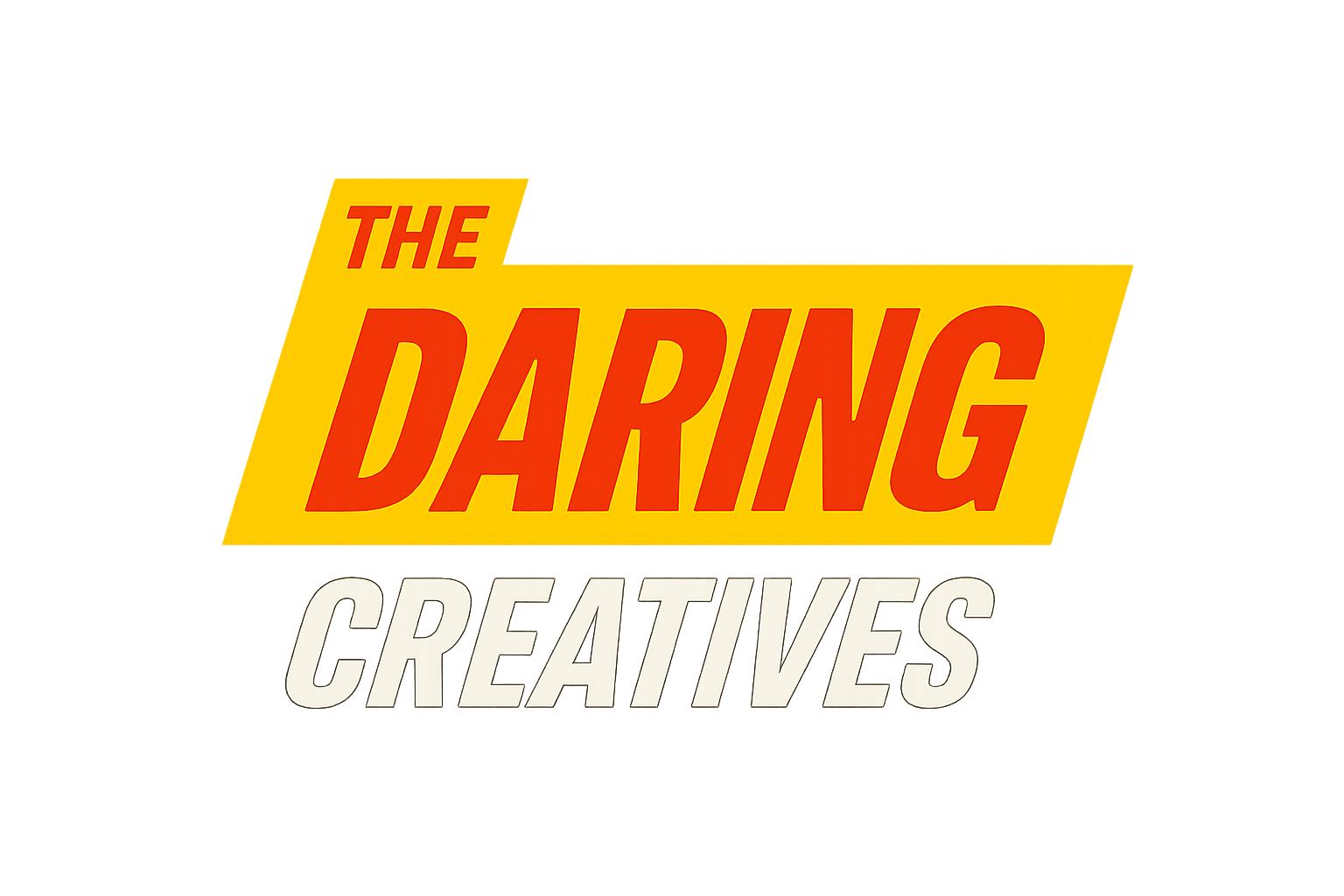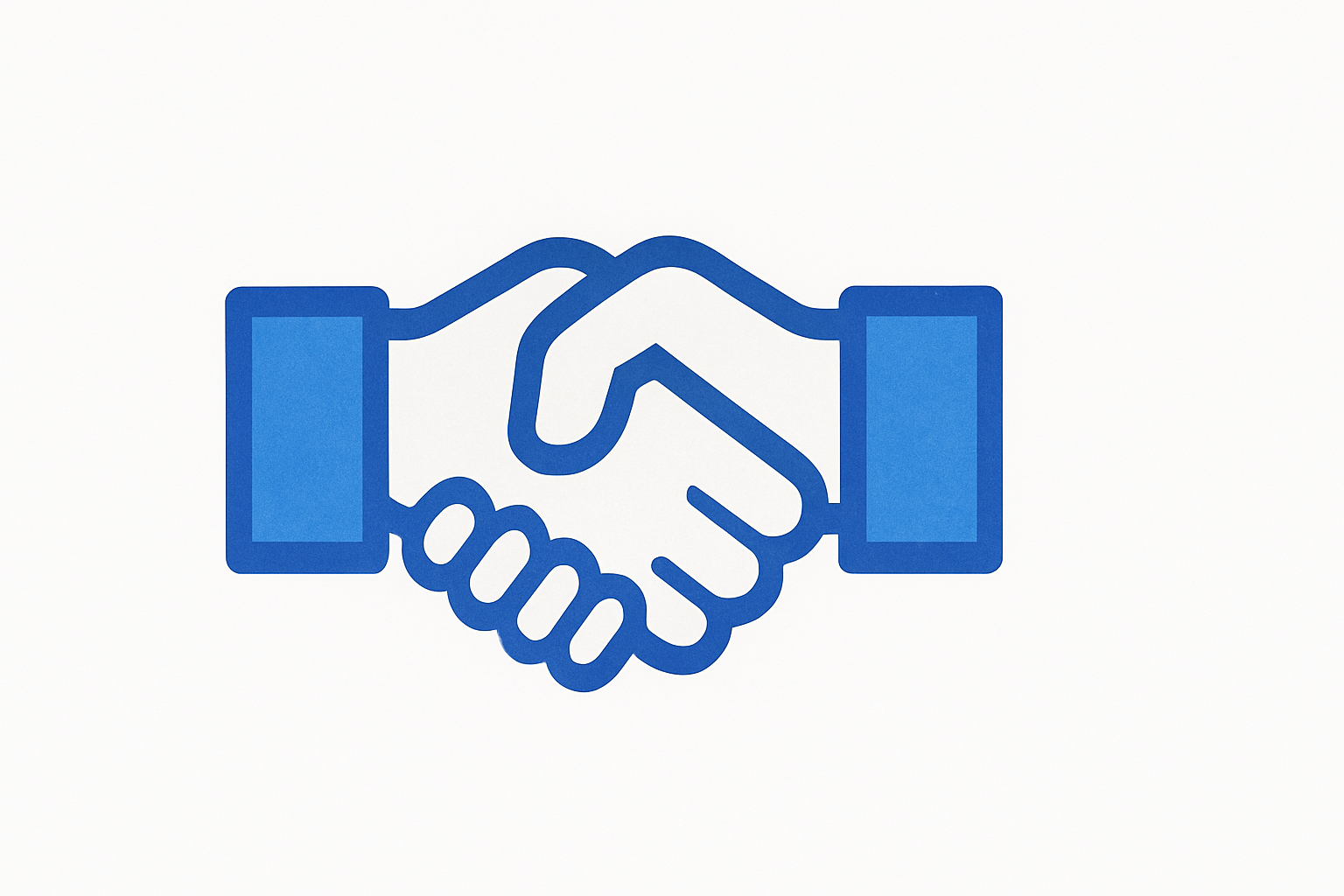A creator on TikTok recently said we’re entering the “post-generative AI” era of social media — that people are tired of AI-generated content and just want more “human connection.”
It’s an easy thing to say. It sounds noble. But it also misses the point.
Social media hasn’t been about human connection in a very long time. The platforms stopped being about conversation years ago; now they’re about performance. They’re machines tuned for outrage, aspiration, and spectacle — not exchange. You post, and unless you already have an audience, it goes into the void. You might get a handful of likes, a few pity comments, and then the algorithm buries it under a mountain of sponsored content.
If you were around for the early days of Facebook, Twitter, or Instagram, you know what I’m talking about. It actually felt social then. You’d post something and your friends would see it — not because it was optimized, but because that’s how the system worked. The early web had this energy to it, this sense that you were stepping into something new, undefined, and full of possibility.
Those early networks were small enough to feel human. You’d share ideas, organize things, collaborate. Bands booked shows, people launched projects, communities formed overnight. It was messy and exciting — the kind of environment where creativity thrived because no one was chasing numbers yet.
And then the companies showed up.
To be fair, I was part of that wave. For the last several years, my work has often involved helping businesses show up on social — finding ways to bridge the gap between people and products, between personality and promotion. The pressure to create engagement, drive awareness, and ultimately sell is enormous. When you’re being paid to help a brand “connect,” what that really means is finding creative ways to break into the spaces where person-to-person connection used to live.
I don’t say that as a confession, just an acknowledgment. The system rewards interruption, not interaction. And when every post is measured by performance metrics, it subtly trains everyone — brands and individuals alike — to act like advertisers. I don’t think it’s malicious, but I do think it’s unsustainable. The system needs to change.
Which brings me back to that creator’s comment — that we’re now “post-generative.”
I don’t buy it. We’re not post-generative; we’re post-broadcast.
AI isn’t what killed connection. In many ways, it’s rebuilding it — this time by design.
A remix for a popular meme video on Sora.
Take the new Sora app. It’s technically an AI video platform, but it has this brilliant social layer built around remixing. You can take someone’s video and build on it. If someone makes something that sparks an idea, you can riff, re-edit, or cameo in it. It’s playful, open, and participatory — intentionally designed for collaboration, not isolation.
That feeling — that ability to jump into someone else’s creative current — feels more human than anything I’ve seen on mainstream social media in years.
I made a simple video about making mac and cheese, just for fun. Later, I noticed other people trying to remix it, adding their own spin. I hadn’t turned on remix permissions yet, but the fact that they wanted to was kind of thrilling. It reminded me of the early web, when creativity was a shared language. When you didn’t need an audience — just curiosity and a willingness to play.
That’s what we’ve lost. Not the “human” part, but the participatory part.
When people say they want “more human connection,” what they’re really saying is that they want meaning — and meaning doesn’t come from scrolling or posting. It comes from doing things with other people. Making, remixing, responding, building.
AI tools like Sora, for all their novelty, are interesting because they make that possible again. They invite you to make something with someone else. To collaborate instead of compete. To re-enter that early-internet sense of discovery, when nobody quite knew what this could become.
That’s not post-generative. That’s pre-something new.
The old social networks became systems of performance. The new ones — the AI-powered ones — might become systems of participation. Not because the technology is perfect, but because it’s resetting the scale — smaller, more creative, more curious.
If that’s where things are heading, count me in. I’ve always liked being early.


